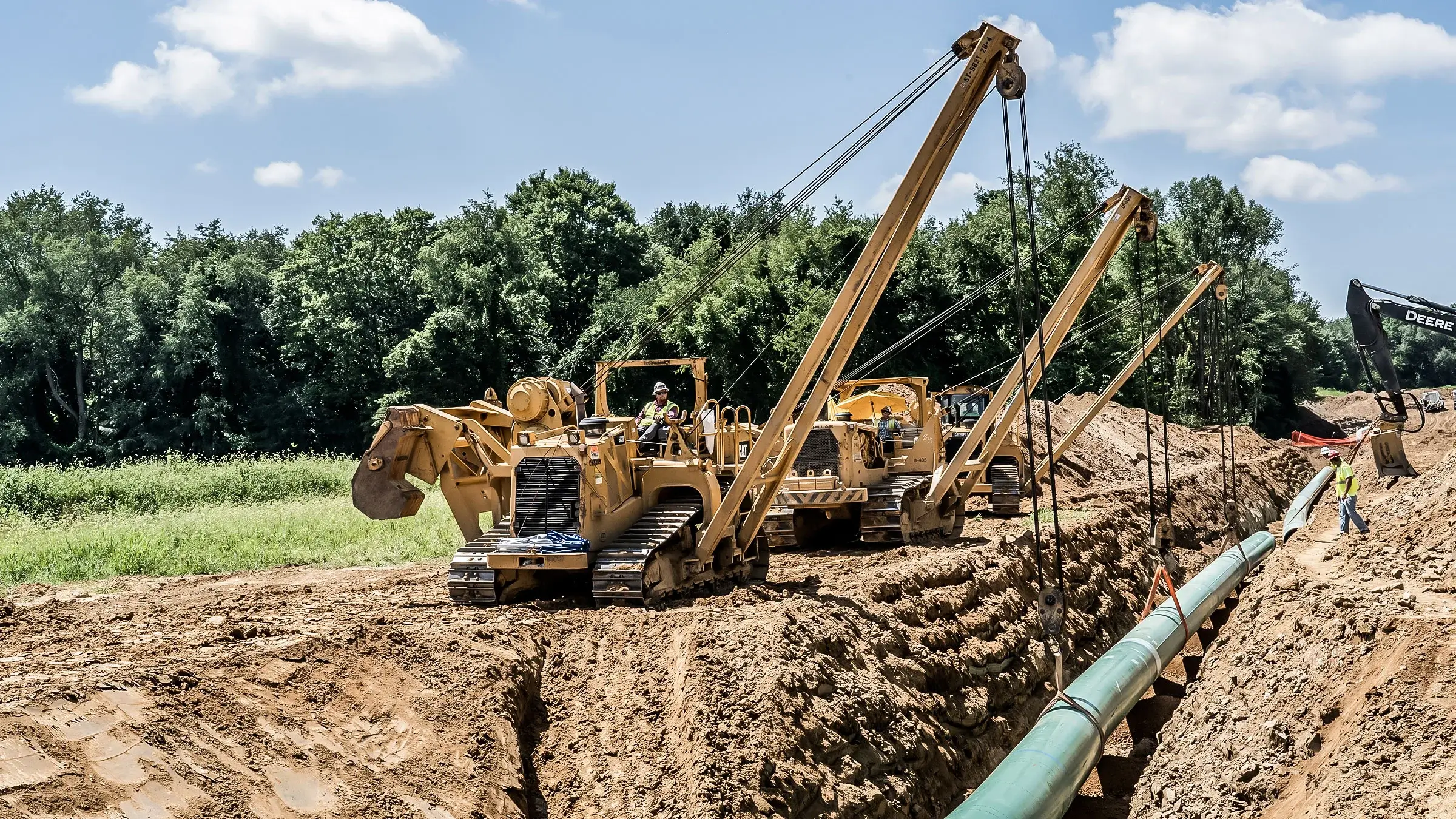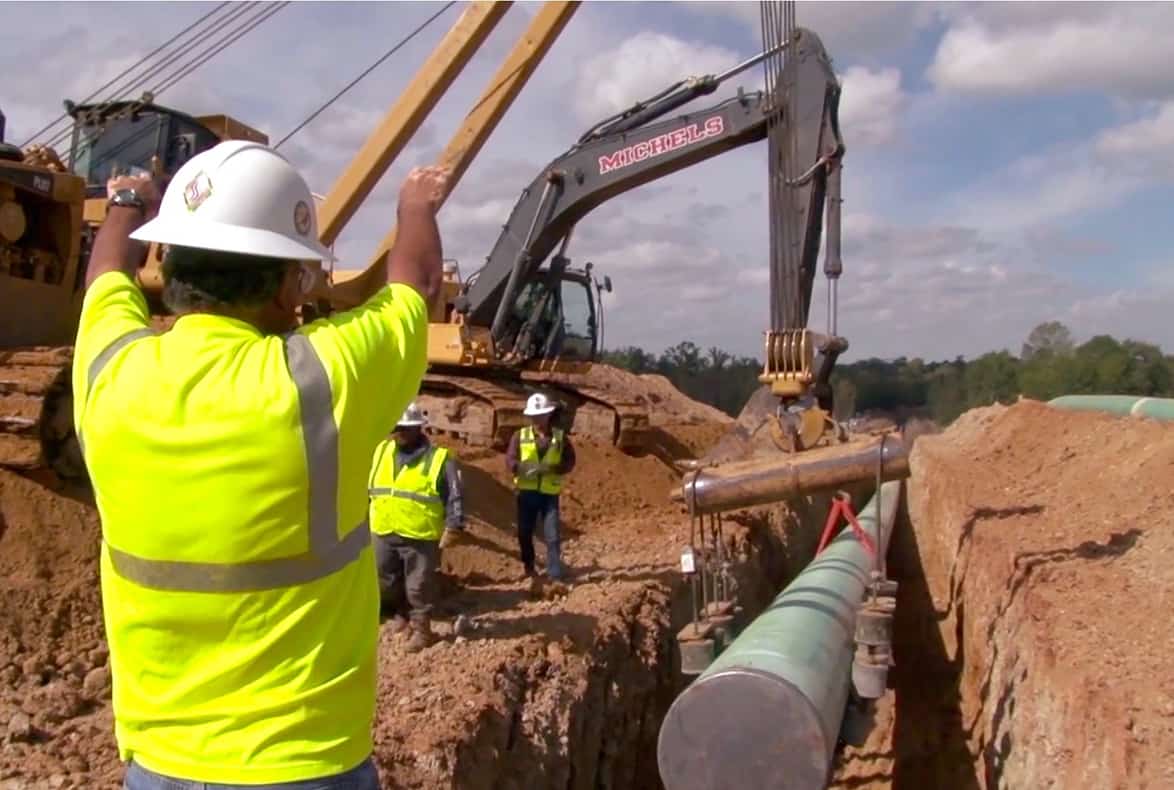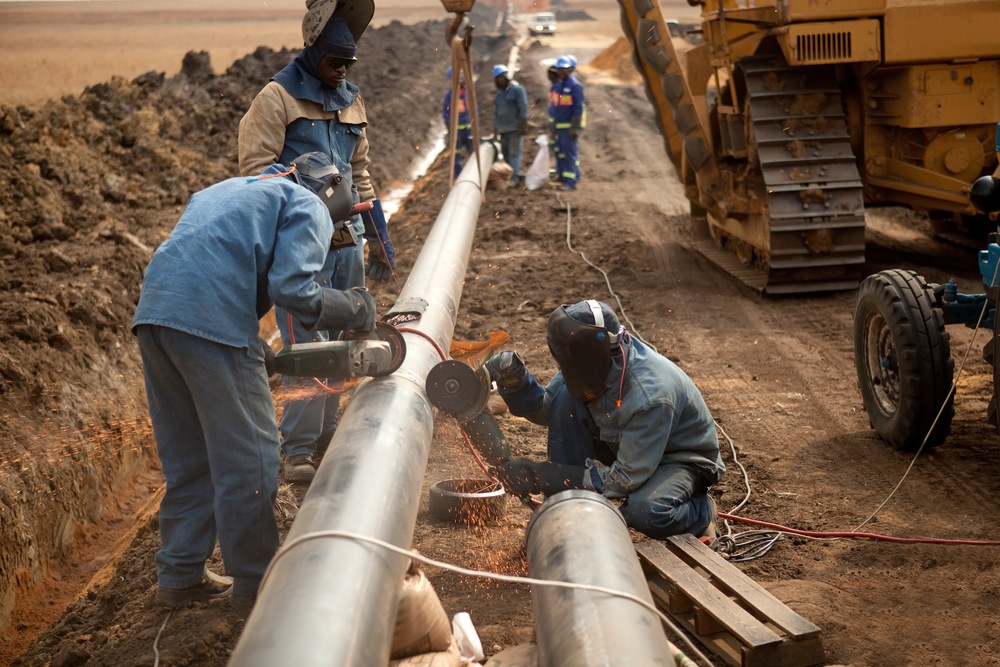What You Need to Know Before Starting Your Project With Creek Pipe Midland
Understanding the Basics of Pipes Installation: What You Need to Know Regarding the Process
Correct pipe installation is vital for any type of pipes system. It calls for careful consideration of different factors, including material selection and adherence to local laws. A tactical layout can stop concerns like pressure loss, while the right devices guarantee effective joining methods. Even experienced installers can make usual blunders. Recognizing these essentials can cause a much more efficient and durable system, prompting a more detailed take a look at the crucial elements associated with the procedure.
Selecting the Right Materials for Pipe Installation
When taking into consideration pipe installation, the choice of suitable materials is vital to ensuring resilience and capability. Numerous products are offered, each offering unique benefits and considerations. As an example, PVC pipelines are lightweight, immune to rust, and affordable, making them perfect for household plumbing. Alternatively, copper pipes, recognized for their longevity and capability to withstand heats, are usually chosen for home heating systems.Additionally, galvanized steel pipes offer toughness and sturdiness, ideal for sturdy applications, although they are prone to corrosion over time.For underground installations, polyethylene pipelines are favored because of their versatility and resistance to anxiety breaking. Appropriate product option depends upon the specific demands of the job, consisting of pressure scores, temperature level variants, and the chemical nature of the liquids being moved - Creek Pipe near me. Ultimately, informed options pertaining to pipe products add substantially to the general success and longevity of pipes systems
Recognizing Local Structure Codes and Rules
Exactly how can recognizing local structure codes and policies effect pipe installation? Familiarity with these codes is essential for guaranteeing that pipe installments are risk-free, compliant, and effective. Regional building codes outline particular demands concerning products, installation strategies, and safety steps, which should be abided by in order to avoid prospective legal concerns and expensive fines.Failure to conform can bring about inspections being fallen short, delays in job completion, or perhaps mandated elimination of incorrectly set up pipes. On top of that, recognizing zoning legislations and policies can affect the type of materials allowed, as well as the techniques used for installation.Contractors and homeowners alike must invest time in reviewing regional regulations prior to commencing any kind of installation project. This aggressive strategy not only promotes safety and security however also improves the total quality and sturdiness of the pipes system, ultimately fostering long-term performance and complete satisfaction.
Preparation Your Pipe Layout and Layout
Appropriate preparation of pipe format and design is important for attaining an efficient plumbing system. This process begins with evaluating the particular requirements of the room, thinking about the area of components and appliances. Exact dimensions guarantee that pipelines are correctly routed, reducing bends and turns that can cause push loss.Consideration of the circulation prices and the kinds of materials utilized is crucial, as different materials have varying toughness and compatibility with pipes systems. Additionally, the designer ought to account for future expansions or adjustments to the design, permitting adaptability in case of renovations.Efficient drain and ventilation are likewise significant elements of the layout, as they protect against obstructions and assure correct waste elimination. Cooperation with neighborhood building codes assures compliance and safety and security, which is extremely important in any plumbing installation task.
Crucial Devices and Devices for Installation
Successful pipe installation hinges on having the right devices and devices available. Important devices include pipe cutters for clean cuts, wrenches for tightening fittings, and pliers for grasping and transforming pipelines. Furthermore, a level warranties pipes are set up evenly, while a gauging tape aids in accomplishing exact lengths.For certain materials, a soldering iron may be needed for copper pipelines, while a PVC cutter is necessary for plastic options. Security tools, such as handwear covers and goggles, shields installers from possible risks throughout the process.A pipe bender can be specifically helpful for creating smooth curves without endangering integrity, while a torque wrench warranties that connections are secured to the maker's specifications.Having these devices readily offered not only facilitates a smoother installation process yet likewise adds to the general toughness and functionality of the pipes system. Proper devices is critical in achieving durable results.
Methods for Correct Pipe Signing Up With and Sealing
Accomplishing a secure and leak-free connection between pipes calls for careful attention to joining and securing strategies. Various techniques exist, each suited to various pipe products and applications (Creek Pipe Midland). Welding is usually used for steel pipes, making certain durable links with warmth combination. On the other hand, plastic pipes profit from solvent concrete or combination welding, producing strong, irreversible bonds.Threaded Continue links are usual in both metal and plastic piping, requiring exact positioning and using suitable sealants, such as Teflon tape or pipe dope, to stop leakages. Compression installations supply an additional option, where mechanical pressure protects the pipelines together, making them easily dismantled for maintenance.Regardless of the method selected, proper prep work is essential. This includes cleaning pipe finishes and ensuring they are without debris. Implementing these strategies diligently will boost the durability and reliability of the pipe system, inevitably adding to its reliable efficiency
Typical Mistakes to Prevent During Installation
During pipe installation, avoiding typical blunders is essential for ensuring a dependable and reliable system. One frequent mistake is failing to gauge and cut pipelines accurately, which can bring about incorrect fittings and leaks. In addition, neglecting to inspect the compatibility of materials can result in rust or other damages with time. Improperly protecting joints and connections can likewise produce powerlessness in the system, triggering potential failures.Another usual blunder is neglecting the value of slope and water drainage; pipelines should be mounted at the appropriate angle to facilitate appropriate flow. Inadequate assistance for pipes can result in drooping and tension, influencing the integrity of the system. Ultimately, ignoring neighborhood codes and laws can cause costly rework and safety and security dangers. By understanding these pitfalls, installers can greatly enhance the longevity and performance of pipe systems.
Maintenance Tips for Durable Pipe Solutions
To guarantee the longevity of pipe systems, normal evaluations and cleansing are necessary methods. These measures assist determine potential concerns prior to they rise into significant troubles. Additionally, employing appropriate insulation strategies can even more safeguard pipes from temperature level variations and her comment is here ecological factors.
Routine Assessments and Cleaning
Routine evaluations and cleansing are vital for preserving the long life and efficiency of pipe systems. Routinely analyzing pipelines for indications of deterioration, leaks, or obstructions can help recognize potential problems prior to they intensify into expensive fixings. Cleaning pipes occasionally removes accumulation that can limit circulation and promote wear and tear. It is suggested to schedule evaluations a minimum of yearly, but much more constant checks might be necessary in high-usage environments. Making use of expert services for complete cleansing warranties that all particles is successfully gotten rid of. Additionally, keeping records of assessments and maintenance activities aids in tracking the system's wellness with time - Creek Pipe reviews. By focusing view on these techniques, homeowner can boost the reliability and life expectancy of their pipe systems
Correct Insulation Techniques
Efficient insulation strategies play a crucial role in keeping the effectiveness and long life of pipe systems. Appropriate insulation reduces heat loss in hot water pipes and protects against cold in cold water pipelines, substantially lowering energy costs and prospective damages. Typical materials used for insulation include fiberglass, foam, and rubber, each offering differing levels of thermal resistance. It is vital to ensure that insulation is used consistently, covering all exposed locations without gaps. Additionally, securing insulation with proper fasteners assists preserve its position and performance gradually. Regular evaluations must be conducted to determine damage, assuring prompt replacements. By applying these techniques, pipe systems can run efficiently and have an extensive service life, inevitably benefiting both the environment and the homeowner.

Often Asked Inquiries
How Do I Figure Out the Appropriate Pipe Dimension for My Task?
Determining the suitable pipe size involves assessing the job's circulation demands, pressure specs, and the kind of liquid being transferred. Consulting style requirements and carrying out estimations guarantees optimal performance and effectiveness in the installation process.
What Are the Environmental Influences of Various Pipe Materials?

Can I Install Pipes Myself or Should I Hire a Professional?
The question of whether to mount pipes independently or hire a specialist usually relies on the individual's ability level and project intricacy. A professional may guarantee conformity with policies and reduce prospective long-term concerns.

For How Long Can I Anticipate My Pipe Installation to Last?
The durability of pipe installation varies substantially, usually lasting 20 to 100 years, depending on products, installation high quality, and upkeep. Routine inspections and appropriate care can boost sturdiness and prevent early failures.

What Are the Indicators of a Failing Pipe System?
Indications of a falling short pipe system include constant leaks, unusual water stress changes, blemished water, mold development, and persistent wetness. Property owners need to keep track of these indicators to stay clear of costly damage and assurance timely fixings are made.